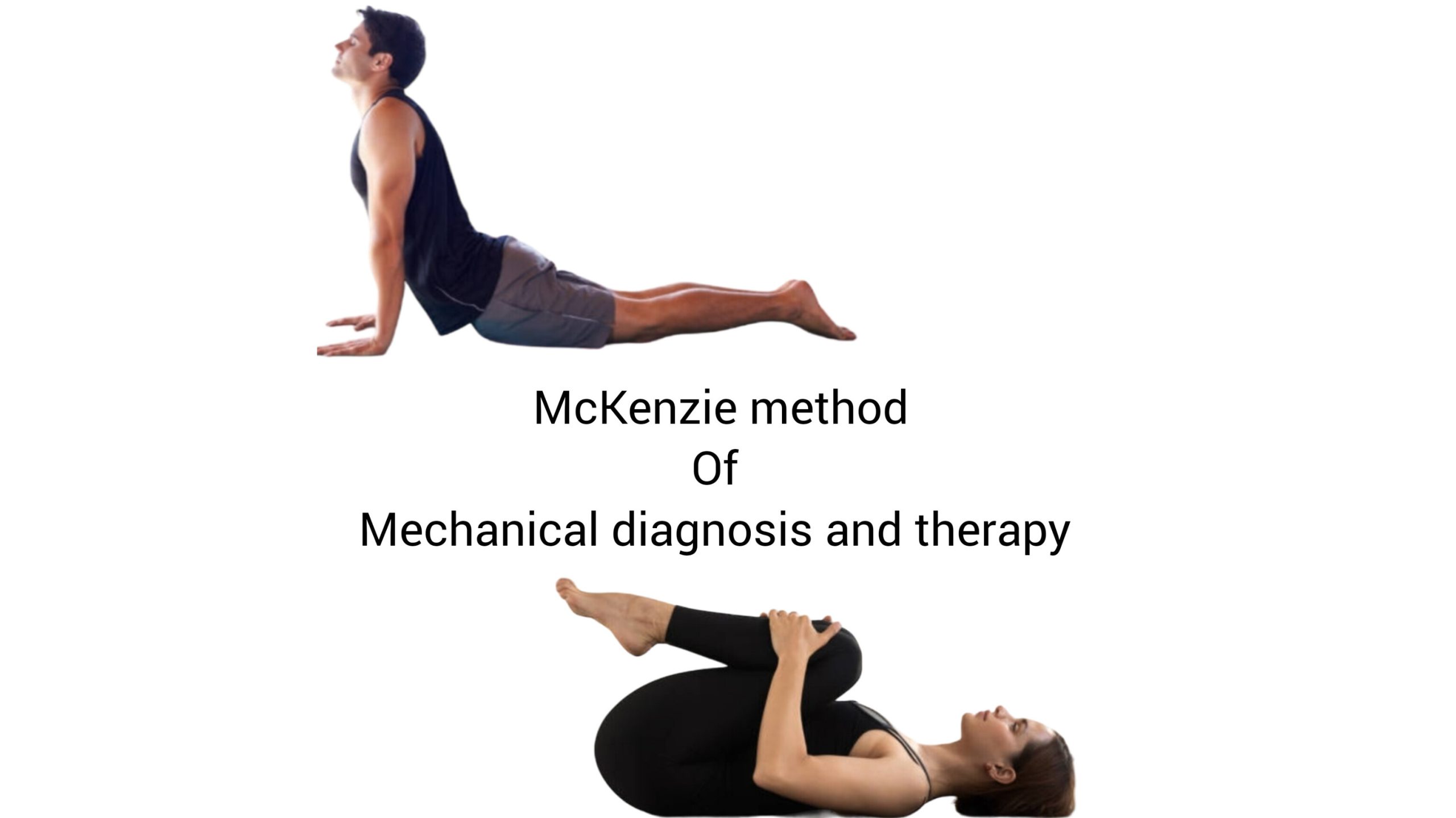Evidence in Support of Management The randomised controlled trial is the optimal study design for evaluating therapy efficacy, with systematic reviews used to analytically summarise this evidence. Sev...
Evidence Regarding the Evaluation Process A systematic assessment of 48 reliability studies on non-specific low back pain physical examination procedures conducted on patient populations found that th...
The McKenzie technique of mechanical diagnosis and therapy is a one-of-a-kind diagnostic and management approach. Robin McKenzie described the procedure first for lumbar spine disorders [McKenzie RA. ...
The history of neck pain is explained in this blog. The distribution, natural history, and clinical course of a disease are all factors that contemporary clinical epidemiology considers. We present a ...
Finding the best way to manipulate or mobilize the spine in patients with severe radiculopathies can be difficult for many physiotherapists. There are two ways to determine the right direction. The fi...


